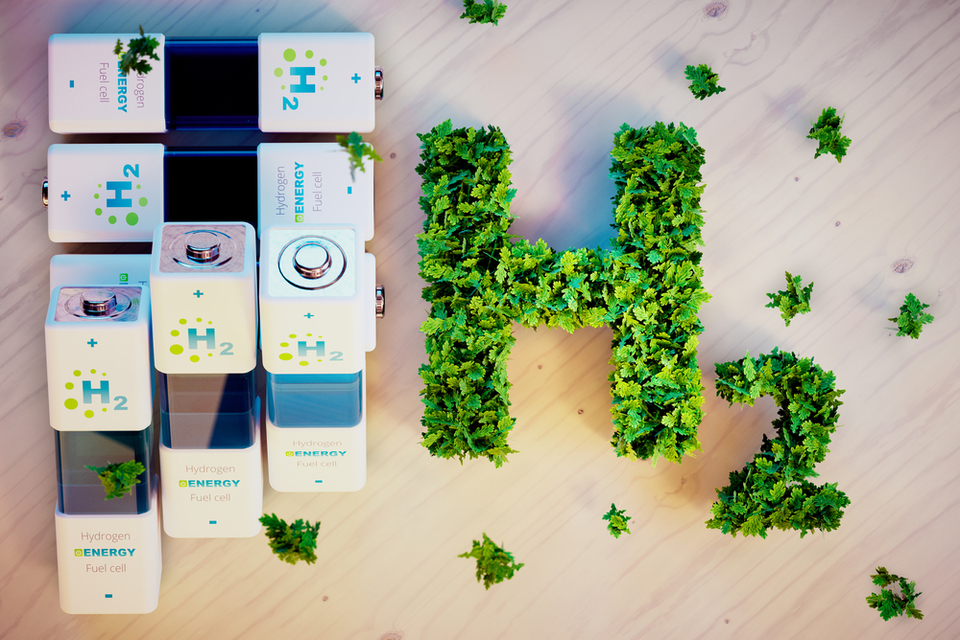In a recent paper published in Nature Communications, a team of scientists from described a low cost, sustainable way to make hydrogen gas out of water.
Unlike fossil fuel-burning vehicles, hydrogen-powered cars don’t emit greenhouse gases. Instead, the fuel burns to produce water, promising cleaner air and a healthier planet.
Sadly, it’s not nearly as simple as it sounds. While hydrogen is the most abundant chemical substance in the universe, it doesn’t exist in a pure form.
So, scientists had to devise ways to isolate the gas. Some methods of creating hydrogen include reacting ethanol with high-temperature steam and converting sugar-rich feedstock to hydrogen.
However, splitting water may be the most sustainable method of hydrogen production. After all, the primary ingredient, water, already covers 71 percent of the planet.
Unfortunately, not only is the process of splitting water time-consuming, but it’s also energy-intensive.
In the past, scientists used catalysts like Platinium, Ruthenium, and Iridium to speed up the process and save energy. But these metals are rare, and as a result, they raise the cost of creating hydrogen out of water.
So, it became necessary to find a cheaper, sustainable way to make the gas. And that’s where Iron and Nickel catalysts come in.
Using Iron and Nickel Catalysts To Make Hydrogen Gas
Hydrogen can be separated from oxygen through a process known as electrolysis. It involves two electrodes applying an electric charge to water and using a catalyst to reduce energy consumption.
In 2015, a team of UNSW researchers invented a new electrode to replace the conventional one. Instead of the precious metals used in the past, the new electrodes were coated with iron and nickel catalysts.
Individually, these metals are not suitable catalysts for hydrogen generation. However, the researchers point out that where they combine at the nanoscale, is “where the magic happens.”
The catalyst has a tiny nanoscale interface where the iron and nickel meet at the atomic level. And this becomes the active site for splitting water into hydrogen and oxygen.
One of the researchers, who is also a Chemistry professor at the University of New South Wales, Chuan Zhao explained:
“The nanoscale interface fundamentally changes the property of these materials. Our results show the nickel-iron catalyst can be as active as the platinum one for hydrogen generation.”
According to Zhao, further development of the technique raises new possibilities.
In the future, hydrogen refueling stations could replace the current gas stations. Also, filling up a hydrogen fuel-cell car with hydrogen gas will only take minutes, unlike the lithium batteries in electric vehicles.
“We’ve been talking about the hydrogen economy for ages, but this time it looks as though it’s really coming,” Zhao concluded.



















Comments (0)
Most Recent